- About Us
- Bearings
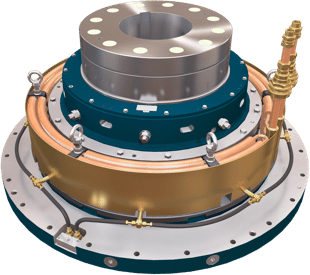 Vertical Bearings
Vertical Bearings
- AV Series
AV
LV SeriesLV
MV SeriesMV
V SeriesV
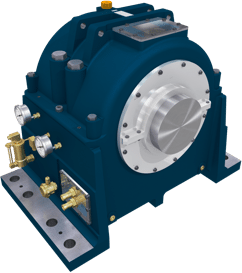 Horizontal Bearings
Horizontal Bearings
- HD Series
HD
IH SeriesIH
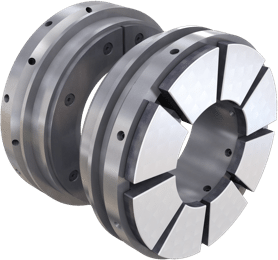 Tilting Pad Bearings
Tilting Pad Bearings
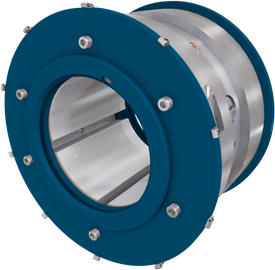 Journal Bearings
Journal Bearings
- Journal Pad Units
Journal
 Thrust Bearings
Thrust Bearings
- SE Series
SE
Omega EqualisedOmega
OmegaOmega
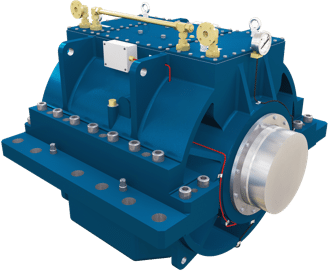 Marine Bearings
Marine Bearings
- Marine Gearbox Internals
Marine
Marine Propulsion Motor
and Generator BearingsEnter your email to download the full paper
"*" indicates required fields
Outline
Home > Developments in Hydro Generator Thrust BearingsDevelopments in Hydro Generator Thrust Bearings
R T Knox, Michell Bearings, UK
The use of PTFE coatings to replace whitemetal in hydro generator thrust bearing design offers a number of advantages, which have been demonstrated by recent applications at both new and refurbishment schemes. This concept, and experience to date, are discussed here.
Thrust bearings for hydro generators cover a wide range of designs. However, the working surface of the bearing is usually coated with a layer of whitemetal (or babbitt), a tin- or lead-based alloy. This material has operated satisfactorily for many years, but is subject to rapid failure if taken beyond its operational limits. Sudden unexected transients, misalignment, and poor geometry of the machine, as well as failure of high pressure oil injection systems for example can all lead to failure. If this condition is caught early by good monitoring then usually a light wipe of the whitemetal surface is the result. However, this can very often be a precursor to a more dramatic type of failure in which melting and removal of the whitemetal results in catashtopic failure of the bearing.
A recent development in hydrodynamic bearing design is to replace the whitemetal with PTFE (polytetraflouroethylene). This material, which is reowned for its low frictional properties and chemical inertness, allows for operation at much higher duties without the type of risk associated with whitemetal.
A section through a typical PTFE-faced thrust pad is shown ih the photo below. Attachment of the PTFE is by extrusion into a compressed copper wire mat. This composite is then soldered onto the steel substrate of the pad. In this way a mechanical bond is made between the PTFE and the copper wire, while a metallurgical bond is made between the copper wire and the steel. The function of the copper wire is not only to allow bonding of a chemically inert plastic which is difficult to bond using adhesives, but also to provide a flexible interface to allow for expansion of the PTFE during operation. This latter feature is important, as the temperature differentials between the PTFE and supporting steel of the pad, coupled with the high coefficient of thermal expansion of the PTFE, give rise to differential large expansions in the plane of the pad.
ACCESS FULL PAPERRecommended articles
The Development of a PTFE Faced Thrust Bearing for Dinorwig Pumped Storage Power Station
PTFE Bearing Technology – An Alternative to Whitemetal
The Development of PTFE Faced Thrust Bearings for Hydro Generator Power Plant
PTFE Faced Thrust Bearings: State of the Art Review and Hydro-generator Applications in the UK
Michell Bearings
Waldridge Way,
Simonside East Industrial Park,
South Shields,
NE34 9PZ.Tel: +44 (0) 191 273 0291
Email: sales@michellbearings.com
Email: hrteam@britishengines.com
Email: recruitment@britishengines.com© Michell Bearings.
Registered Office Address: 11 Glasshouse Street, St Peter's, Newcastle upon Tyne. NE6 1BS. Company registered in England and Wales no. 9390648

 PTFE Bearings
PTFE Bearings